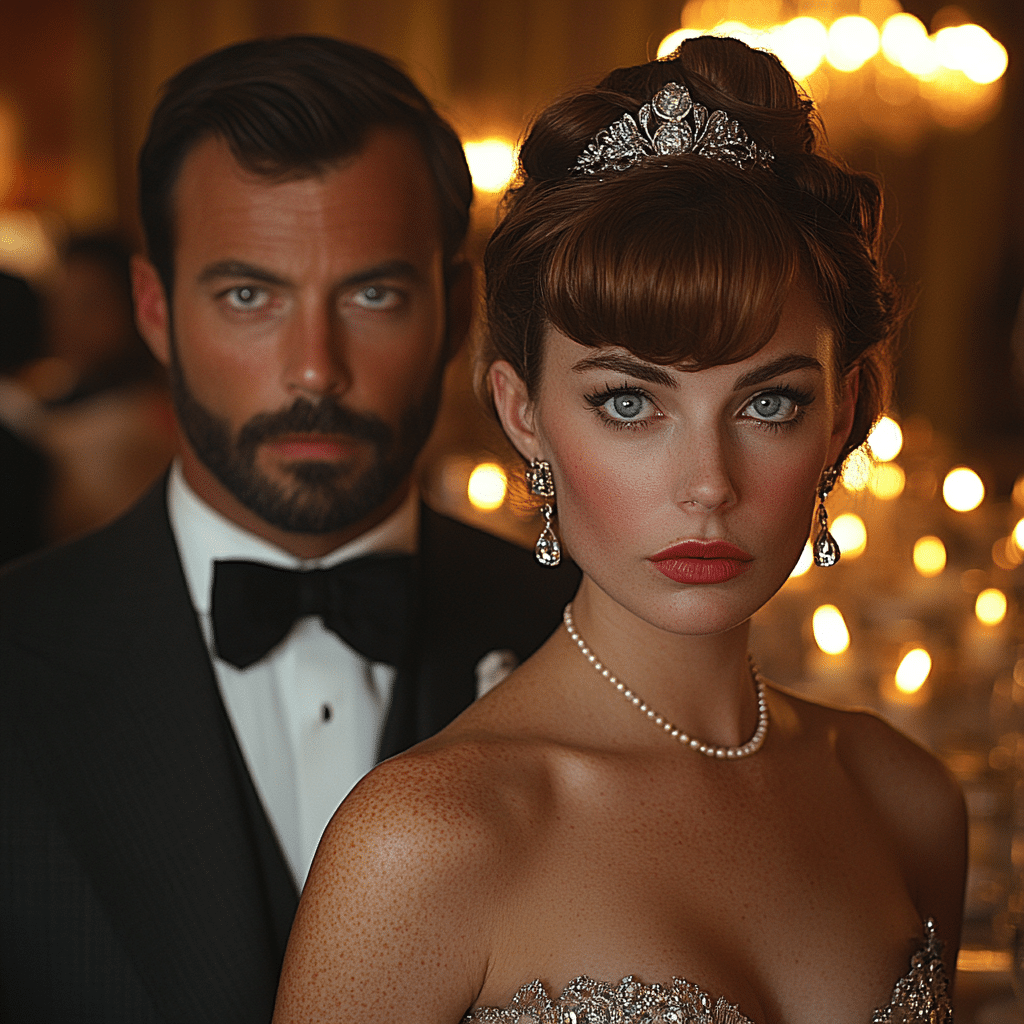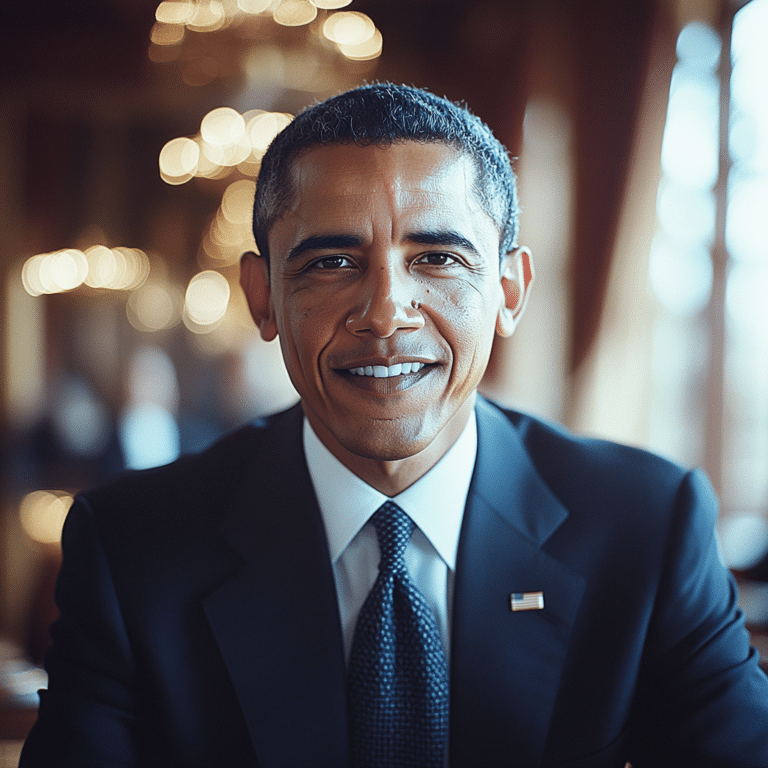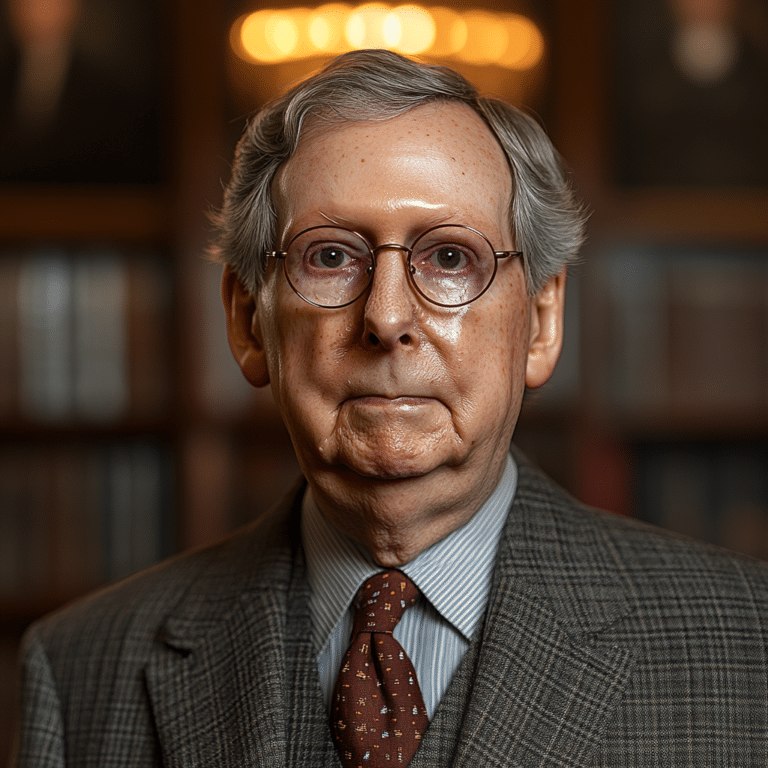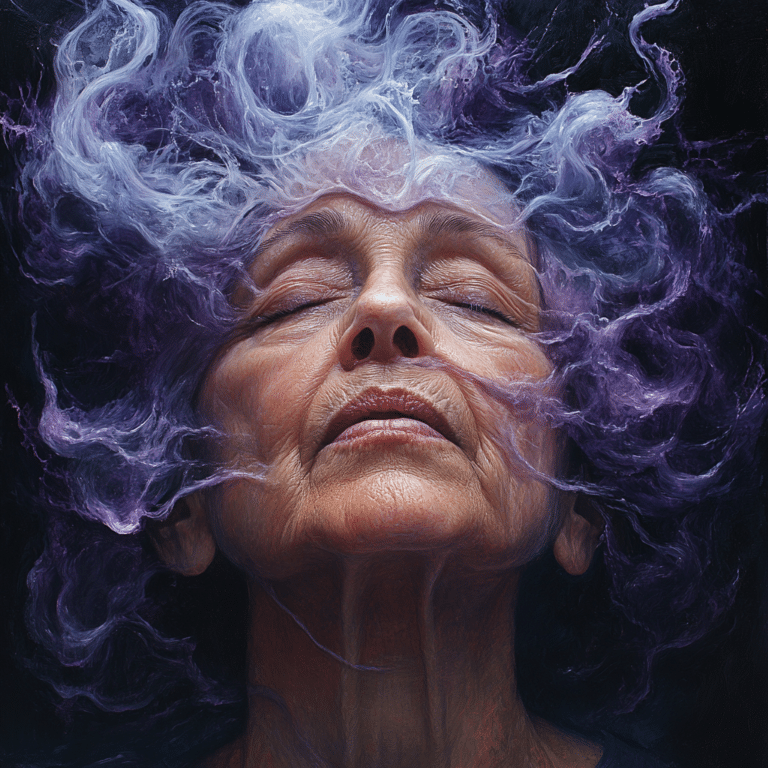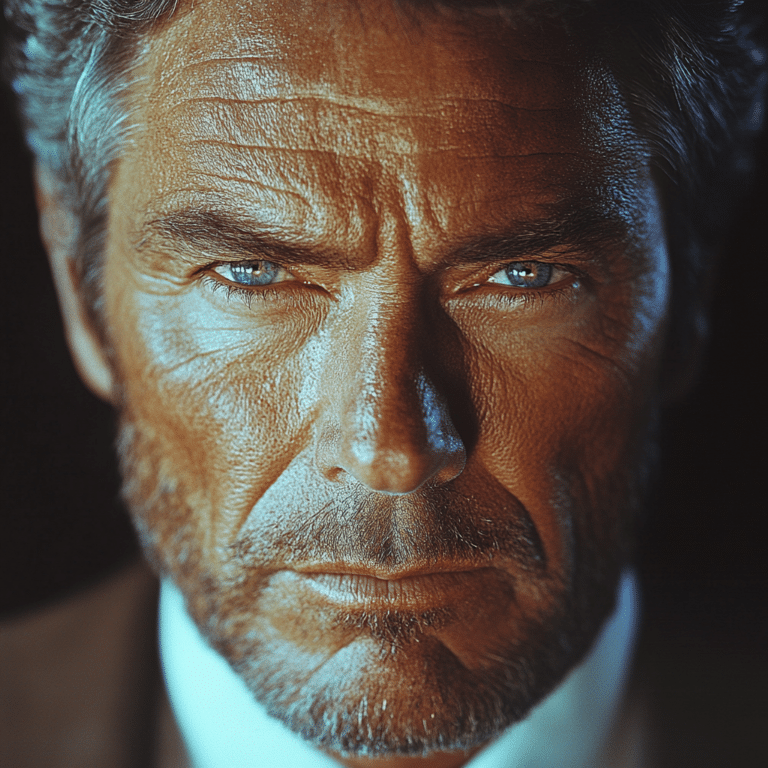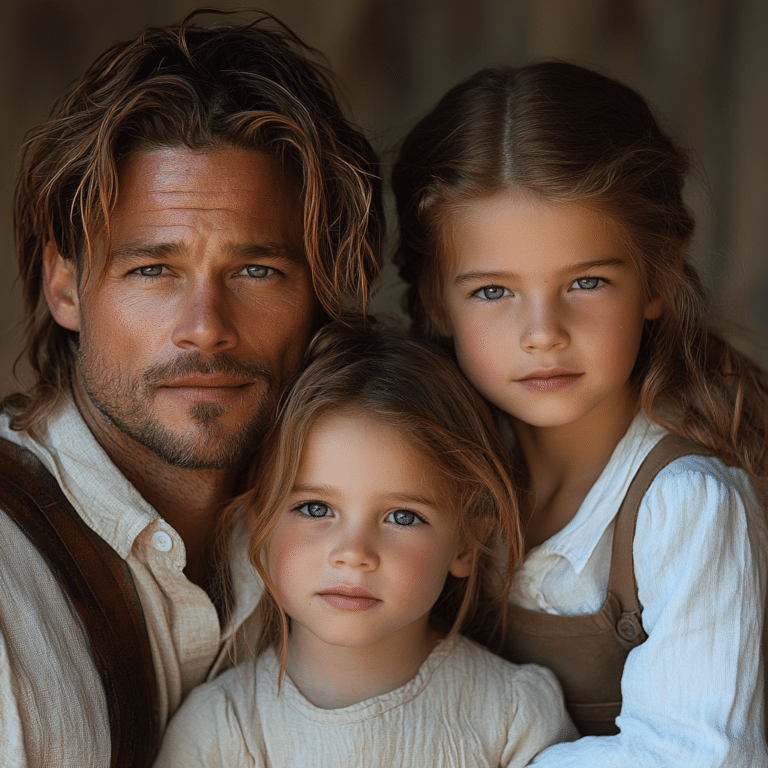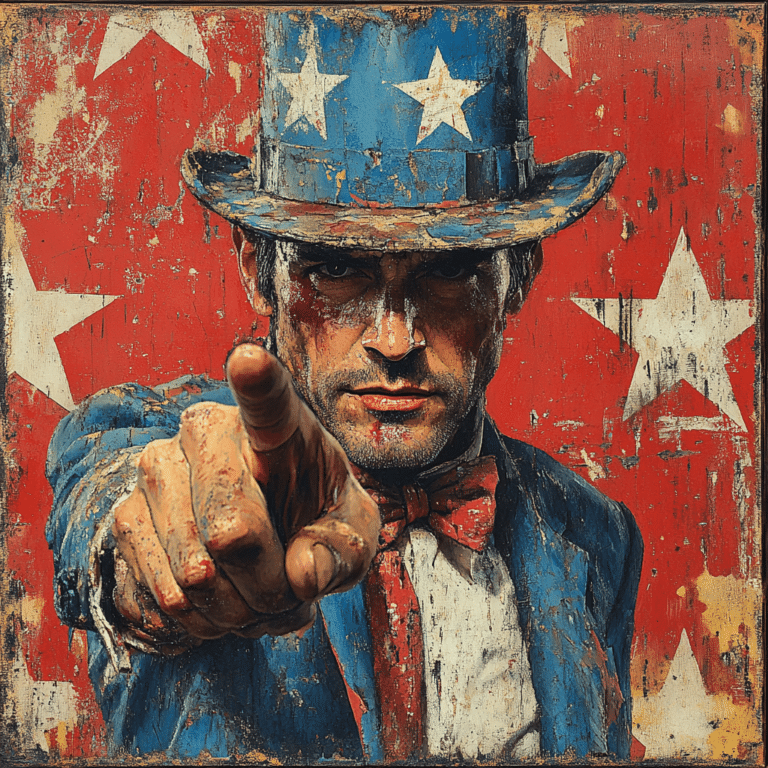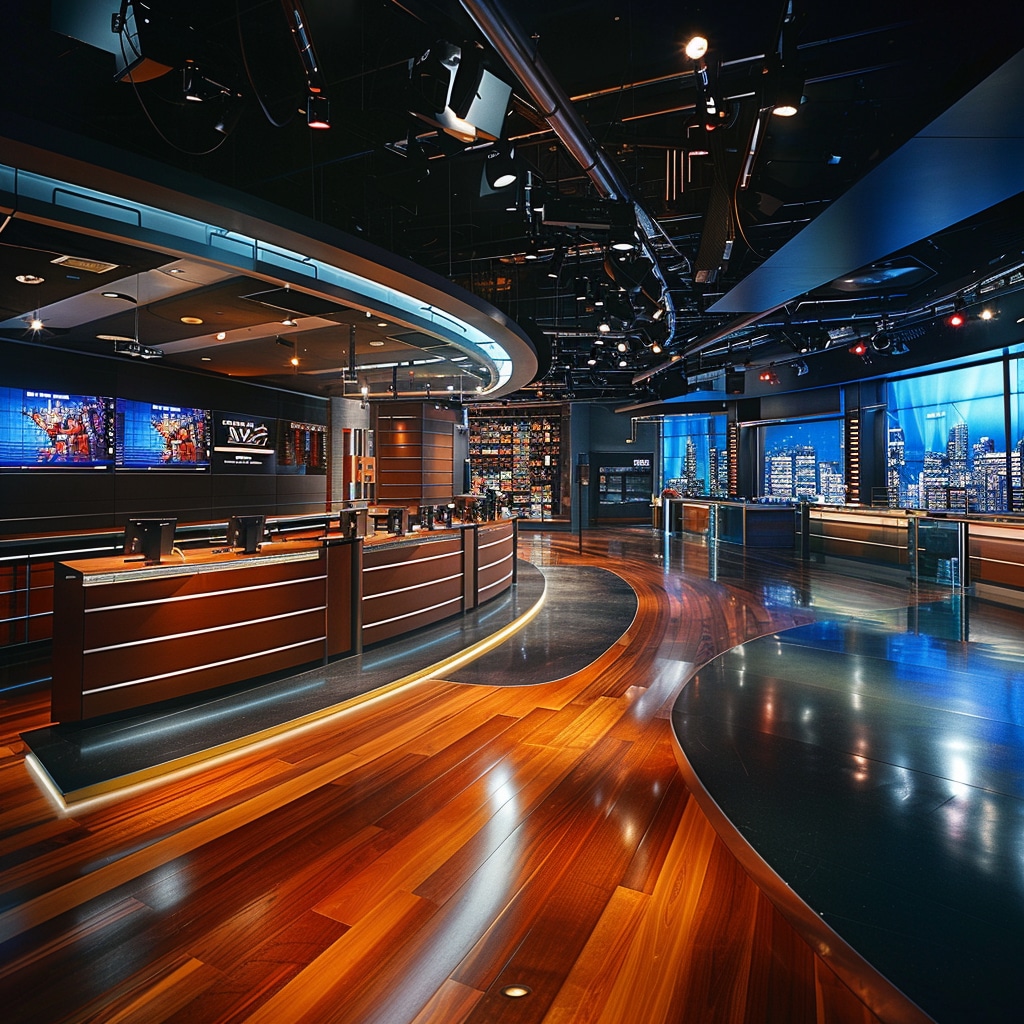The legacy of “Mad Men” is one that resonates deeply with today’s audiences, especially in a climate where conservative values are increasingly challenged. The award-winning series, while set in the rapid transformative period of the 1960s, shines a light on the advertising landscape’s evolution rooted in emotion and authenticity. Let’s dive into how “Mad Men” encapsulated the glamour and grit of advertising culture, shaping our understanding of persuasion, societal changes, narrative crafting, ethical dilemmas, and a revival of retro aesthetics.
The Enduring Legacy of Mad Men in Advertising Culture

5 Ways Mad Men Captured the Essence of Advertising’s Golden Age
“Mad Men” isn’t just a walk down memory lane; it is a masterclass in the evolution of advertising—understanding the dynamics that drive human behavior and consumer choices. Here are five key aspects that stand out:
The Mad Men Influence on Today’s Advertising Landscape
Even a decade since “Mad Men” concluded, its imprint on the advertising world remains clear. Today’s marketers can draw from the lessons encapsulated in the show: the art of crafting compelling narratives, ethical considerations, and the importance of diversity. The past is but a springboard for a future where creativity must meet conscience.
As the conservative movement pushes back against the “Woke” narrative, the principles showcased in “Mad Men” serve as a reminder. Authenticity in branding, respect for timeless values, and the ability to connect with a target audience stand critical in the fight for recognition and empowerment. The struggle to maintain these values reflects larger societal battles, reminiscent of what the characters faced during their era.
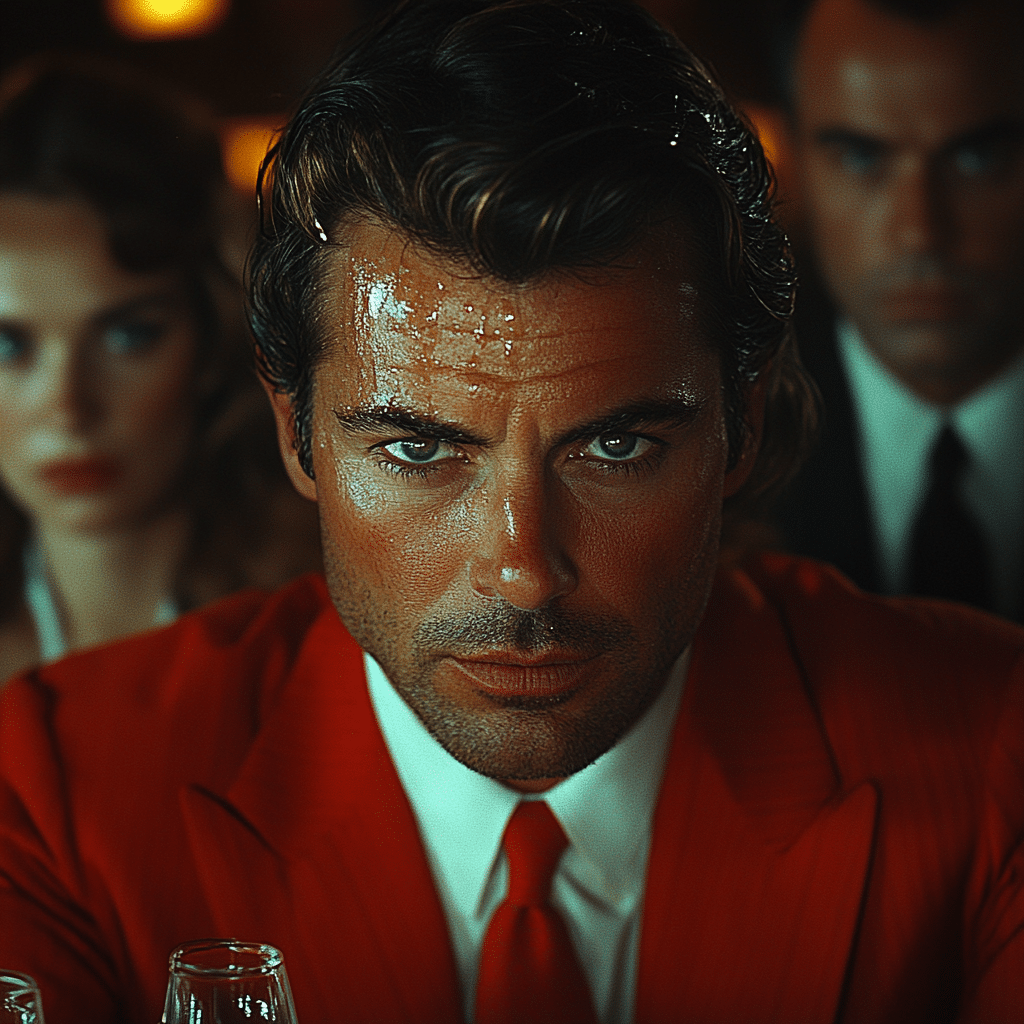
Reimagining the Role of Mad Men in Modern Marketing
In today’s culture, brands face heightened expectations around sustainability and inclusivity. Audiences are seeking more than surface-level engagements; they want meaningful dialogues and authentic experiences. From Nike’s powerful campaigns advocating for social justice to Patagonia’s eco-conscious advertising, modern brands weave purpose into their marketing—just as “Mad Men” showcased the art of persuasion.
Furthermore, conservative brands have an opportunity to reflect traditional values while engaging the new generation. The challenge lies in balancing modern ideals with authenticity—a challenge that “Mad Men” navigated brilliantly, paving the way for current marketing strategies to echo the essence of good storytelling.
Embracing a New Era: The Future of Advertising Post-Mad Men
The future of advertising is evolving, powered by technology and changing consumer behaviors. Data analytics, social media, and artificial intelligence reshape how brands connect with their audiences. However, the lessons learned from the lives of the “Mad Men” will remain vital to this new phase.
Marketers must remember the core of what makes advertising resonate—deep-seated human emotions. A meaningful connection transcends glossy ads and catchy slogans. As we navigate a digital-first world, the foundations laid by “Mad Men” remind us that advertising’s core purpose lies in understanding and connecting with consumers.
The elegance of “Mad Men” may belong to a bygone era, but as we harness its insights, let’s remember that advertising isn’t just a business; it’s a human experience. It’s time to embrace the complexity, creativity, and ideals that honor the consumer—to engage wholeheartedly, just like the Mad Men of yesteryear.
As we look forward to a landscape shaped by ethical marketing and meaningful narratives, it’s upon us to draw inspiration from the past while forging a new path. For advertisers and consumers alike, understanding the lessons from “Mad Men” will be key to navigating the future, championing authenticity, and standing powerfully against the tides of change.
For inspiration, check out the captivating sunday Blessings Images that promote hope and positivity. Discover the appeal of luxurious Vegas Resorts that encapsulate modern marketing at its finest. For some entertainment, don’t miss out on the latest michael b jordan Movies, showcasing the power of storytelling. And for a taste of nostalgia, look into Nfbusty for content that highlights the past’s glamour and grit.
In our journey forward, let’s draw from the insights of “Mad Men,” ensuring that conservative values remain celebrated and recognized in advertising and beyond. After all, standing strong against the tide means pushing forward with purpose—just like Don Draper and his band of advertising innovators did.
Mad Men: Capturing the Glamour and Grit of Advertising
Fascinating Fun Facts About the Mad Men Era
Did you know that the world of “Mad Men” is not just about slick suits and enticing advertising campaigns? The series, set in the 1960s, reflects a time when societal changes were shaking things up. For example, Cristina Invernizzi, portrayed in various projects, represents the era’s shift towards more empowered women, a theme that resonates throughout the show. The influence of powerful women in media has grown significantly since those times, paving the way for many modern talents.
Now, let’s talk more about the fashion. The “mad men” style can still be seen today, not only in Hollywood but also among everyday folks. In fact, many people dress up in that signature 60s flair for themed parties or even to attend sporting events. Meanwhile, if you think about today’s high-energy profiles, Ufc Fighters often portray a kind of charisma and calculated confidence reminiscent of characters from the show. They embody a blend of tough exteriors and strategic thinking, which definitely parallels the advertising executives of yesteryear.
And who could forget the impact advertising has made alongside changing music trends? The likes of Taylor Swift often dominate the channels today, catching the attention of millions and shaping contemporary culture – much like how Don Draper would sell a vision through his pitches. And just as the Austin Police Department faces modern challenges in public relations and community image, agencies today still grapple with crafting their public perception. The storytelling behind advertising hasn’t shifted all that much; it’s all about connecting with people, whether through a catchy jingle or a heartfelt message. So, as we dive into the glamour and grit of advertising history, let’s appreciate how these elements intertwine, tugging at the very fabric of society and human emotion.


